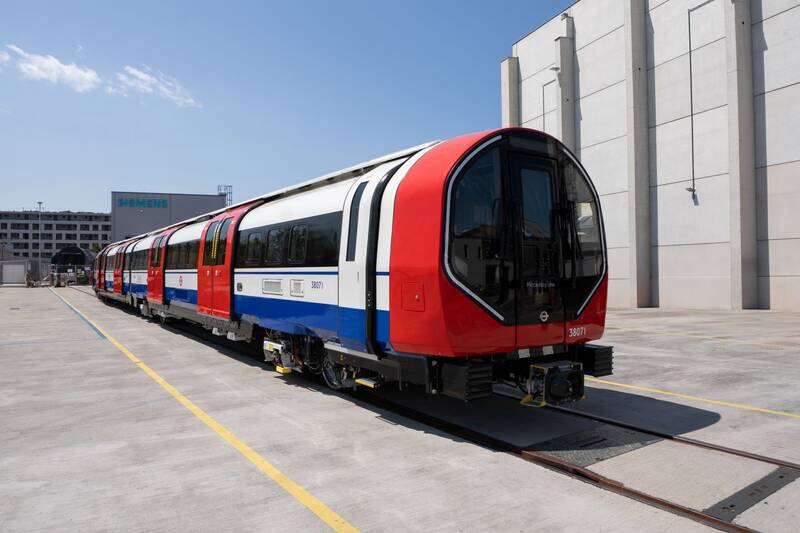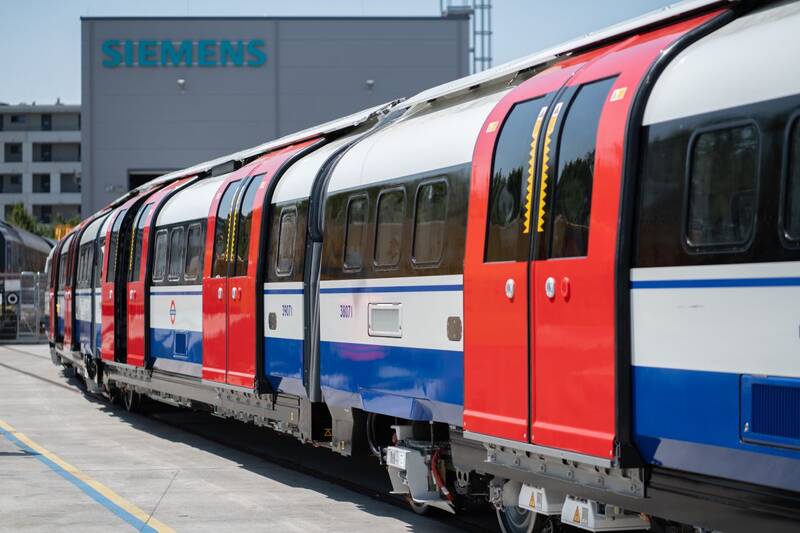News: easyJet twilight check-in at Glasgow, first photos of new Piccadilly Line tube trains
Links on Head for Points may support the site by paying a commission. See here for all partner links.
News in brief:
easyJet extends twilight check-in to Glasgow Airport
easyJet has launched a twilight check-in service at Glasgow Airport. This allows passengers to drop off their bags the night before they fly, allowing them to head straight to security the following morning. It is especially useful for anyone staying in an airport hotel.
easyJet is, it claims, the European leader in twilight check-in with the service now available at seven airports.
The Glasgow service operates from 4pm to 9pm, for flights departing before 8.30am.
The other airports where easyJet offers this are:
- London Gatwick – 8pm to 10pm for flights before 8am
- Manchester – 6pm to 9pm for flights before 8.30am
- Bristol – 6pm to 9pm for flights before 8.30am
- Edinburgh – 4pm to 9pm for flights before noon
- Amsterdam – 7pm to 9pm for flights before 8am
- Berlin – 6pm to 9pm for flights before 9.30am
TfL unveils first images of the new Piccadilly Line tube trains
Transport for London has released photographs of the first Piccadilly Line train to be completed from the 94 currently on order.
The train, manufactured by Siemens, is in Germany for testing after being assembled in Austria. Part of the order will be assembled at a new site in Goole.
These trains will be taking you to Heathrow from 2025. The carriages will be walk-through and will have air conditioning. They are substantially lighter than the 1973 stock they will replace and so are far more energy efficient.
Unfortunately the Government has refused to fund the parallel Piccadilly Line signalling upgrade. Whilst the trains are capable of running very close together, to maximise services per hour, this won’t be happening for many years.
TfL is hoping to gain funding to allow an order for replacement Bakerloo Line trains, using the same design, to follow on from these deliveries.





 Rob
Rob 





Comments (77)